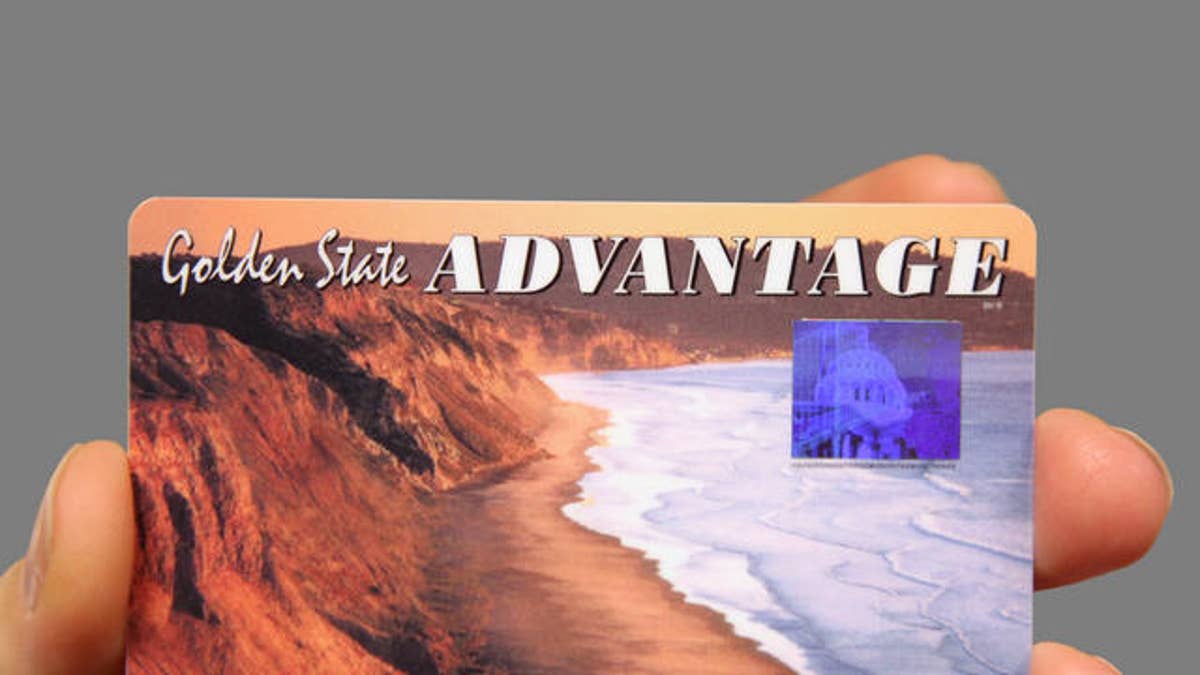
Benefits were once given out in the form of actual stamps, but now are paid through check cards.
Forget Tupperware bashes and toga soirees -- the latest rage is food stamp parties.
The USDA is encouraging the nation's food stamp program to promote to the elderly using parties and games.
A series of guides currently posted on the USDA website promotes local offices of the Supplemental Nutrition Assistance Program -- or SNAP, but commonly referred to as food stamps -- to entice eligible seniors to enroll in the welfare program. The promotional campaign has cost between $2.5 million and $3 million.
“Throw a Great Party. Host social events where people mix and mingle,” the pamphlet encourages in one of the guides. “Make it fun by having activities, games, food, and entertainment, and provide information about SNAP. Putting SNAP information in a game format like BINGO, crossword puzzles, or even a ‘true/false’ quiz is fun and helps get your message across in a memorable way.”
The program, which provides food-buying help for low-income people, is a federal program under which benefits are distributed by states. While beneficiaries once received actual stamps, the benefits are now doled out via check cards.
The program has also funded paid radio ads in California, Texas, North Carolina, South Carolina, Ohio and the New York metro area. The ads work: The USDA began promoting food stamps with paid radio ads in 2004, under President George W. Bush, and food stamp participation increased 63 percent.
Some of the other guides listed as part of SNAP's community tip sheets include "Tips to get an Op-Ed Published" and "Event Planning for Senior Audiences."
"Every $5 in new SNAP benefits generates $9.20 in an additional community spending," the USDA states without elaborating. The department continues: “If the national participation rate rose five percentage points, 1.9 million more low-income people would have an additional $1.3 billion in benefits per year to use to purchase healthy food and $2.5 billion total in new economic activity would be generated nationwide.”
Spending on the food stamps program has increased 100 percent since President Obama took office, and now one in seven Americans uses food stamps. In the 1970s, one out of every 50 Americans was on food stamps, notes the Daily Caller. After the recession, the ratio is expected to hover around one out of every nine, according to the Congressional Budget Office.




